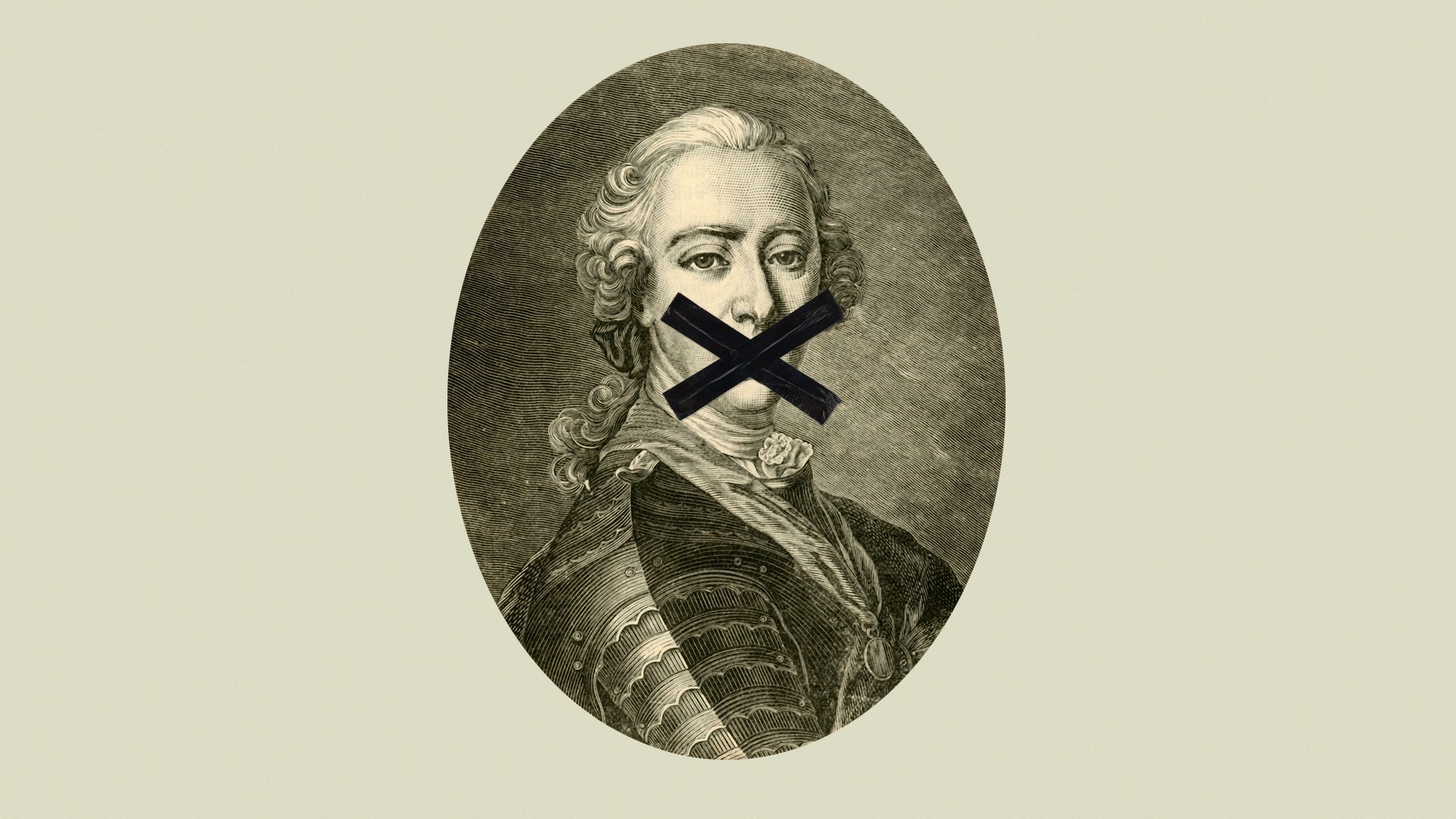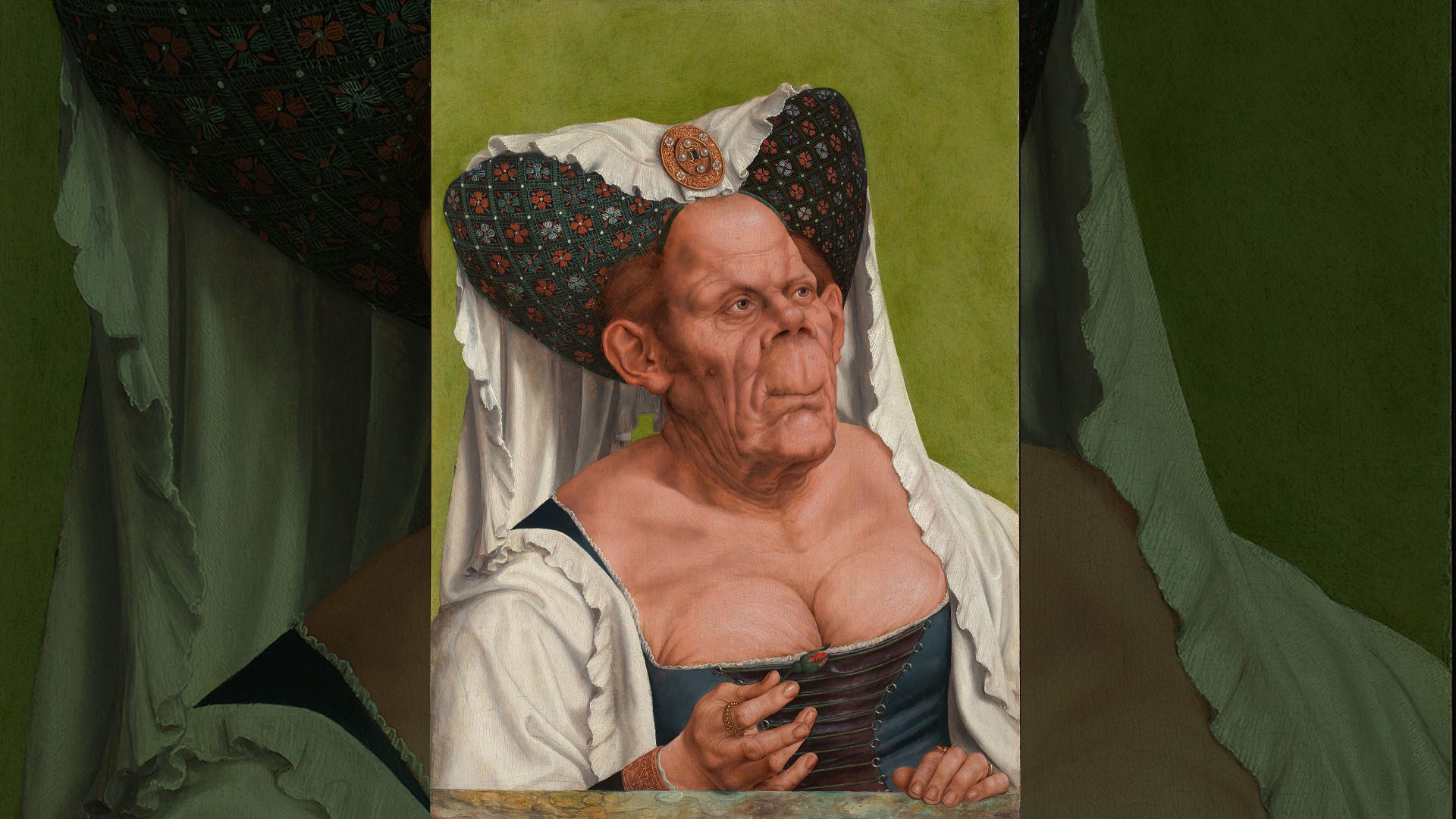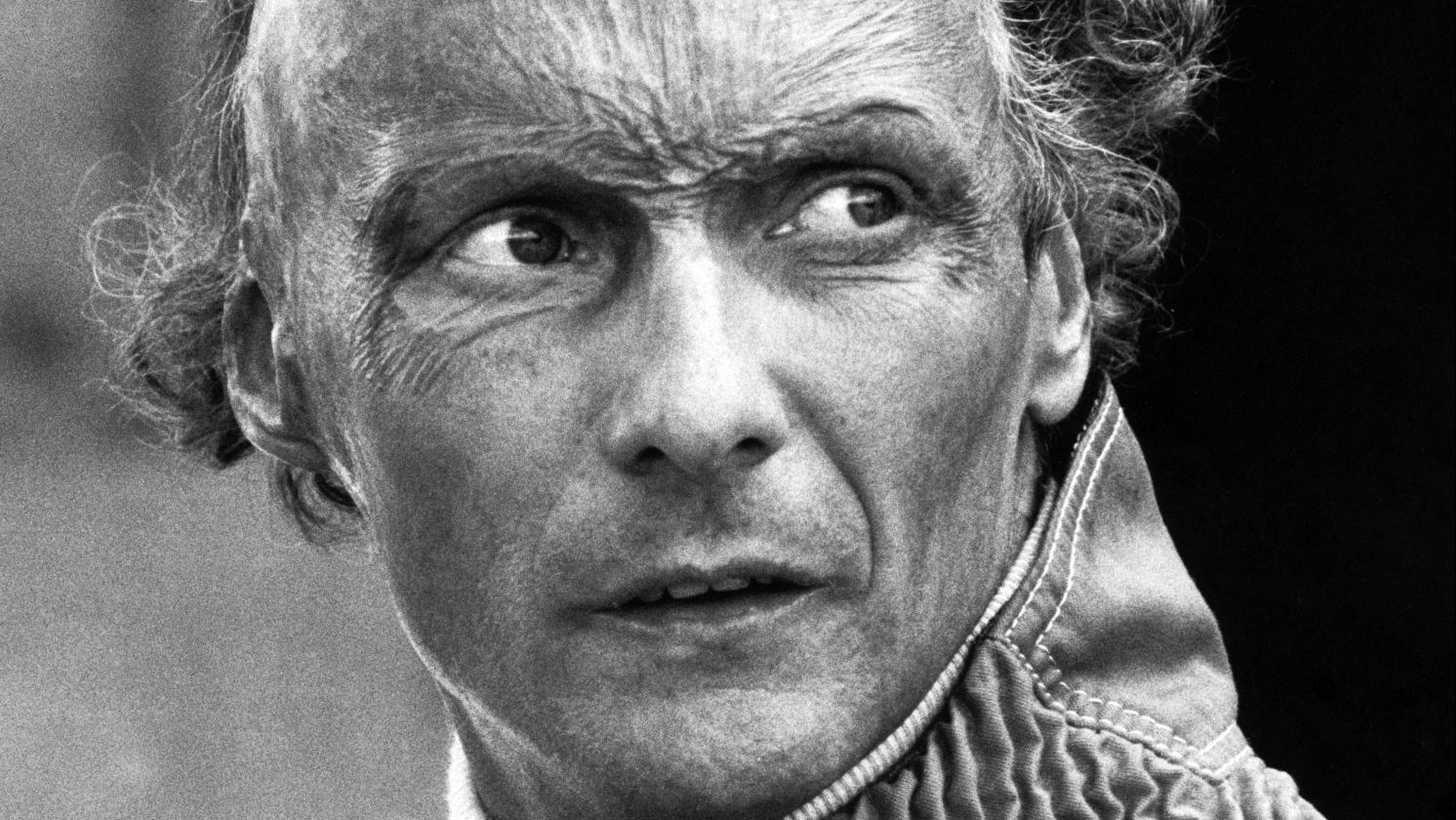The Gaelic language first gained a foothold on the west coast of Scotland around 450AD, in Argyll. It had been brought across the North Channel, which is the strait that connects the Irish Sea to the Atlantic Ocean and is no more than 10½ nautical miles across at its narrowest point, by colonists from the language’s Irish homeland.
By about 800AD, Gaelic had penetrated eastwards inland into most of central and northern Scotland, at the expense of the original Brittonic Celtic languages Cumbric and Pictish. It was so successful that by the 11th century, the whole country had become Gaelic speaking, with just three exceptions: the Norse-speaking areas of the Hebrides and Northern Isles; the Scots-speaking Lothians in the far south-east of the country; and the Cumbric-speaking area of the south-west – although in many cases these languages were also spoken alongside Gaelic.
By the middle of the 15th century, Scots had pushed back northwards and westwards against Gaelic and was now spoken in all of Lowland Scotland as far as the Grampian Mountains, although Gaelic continued to be spoken alongside Scots/English in some of the formerly Brittonic areas of the south-west for perhaps another 100 years.
The Gaelic-speaking areas of the Scottish Highlands then gradually started becoming anglicised in the 18th century. A significant factor was the failed Highland uprising against the German Hanoverian British monarchy in support of the restoration of the Stuart dynasty.
This campaign was led by the Stuart “Young Pretender”, Bonnie Prince Charlie, the grandson of James II, who had been deposed in 1689. Prince Charles and his army of Highlanders were eventually defeated by the British army in 1746 at the Battle of Culloden, near Inverness. Thousands of Highlanders were killed, and many more were hunted down and slaughtered in the weeks after the battle.
Another factor was the genocidal Highland clearances, which started after 1750. This involved the forced and often violent eviction of inhabitants from the villages and settlements in the Highlands and Western Isles by large landowners, a form of ethnic cleansing which continued off and on until the middle of the 19th century.
The Duke of Sutherland was one of those who evicted thousands of families from his vast land-holdings and burned down their homes, in order to rid the land of Gaelic Highlanders and introduce large-scale sheep farming. This tragically helped to destroy traditional Gaelic society, which had already been weakened by laws banning the Gaelic language, and led to considerable emigration – to the Scottish Lowlands, North America and Australia. Today the only regions which remain native Gaelic-speaking strongholds are on the Hebridean islands, especially the Outer Hebrides.
Scotland is not yet a monolingual English/Scots-speaking country, but there is sadly no particular reason to be especially optimistic about the long-term survival of Gaelic. Even if the language does survive – many efforts are being made at various levels to ensure that it does, and Scottish Independence might well help – English has clearly achieved a permanent presence over the entire country.
In 1,300 years, English has spread from being a language with a small foothold in the south-east of Scotland to being the language which is spoken throughout the country, with bilingualism in English and Gaelic being increasingly confined to geographically peripheral areas.
Culloden
The English-language name of the village of Culloden, which is about three miles from the site of the 1746 battle, comes from Gaelic Cùil Lodain. Cùil means “nook” or “corner”, and the second element is probably lodan “little pool”, so it is likely that the name originally meant “a nook by a small pool”.




